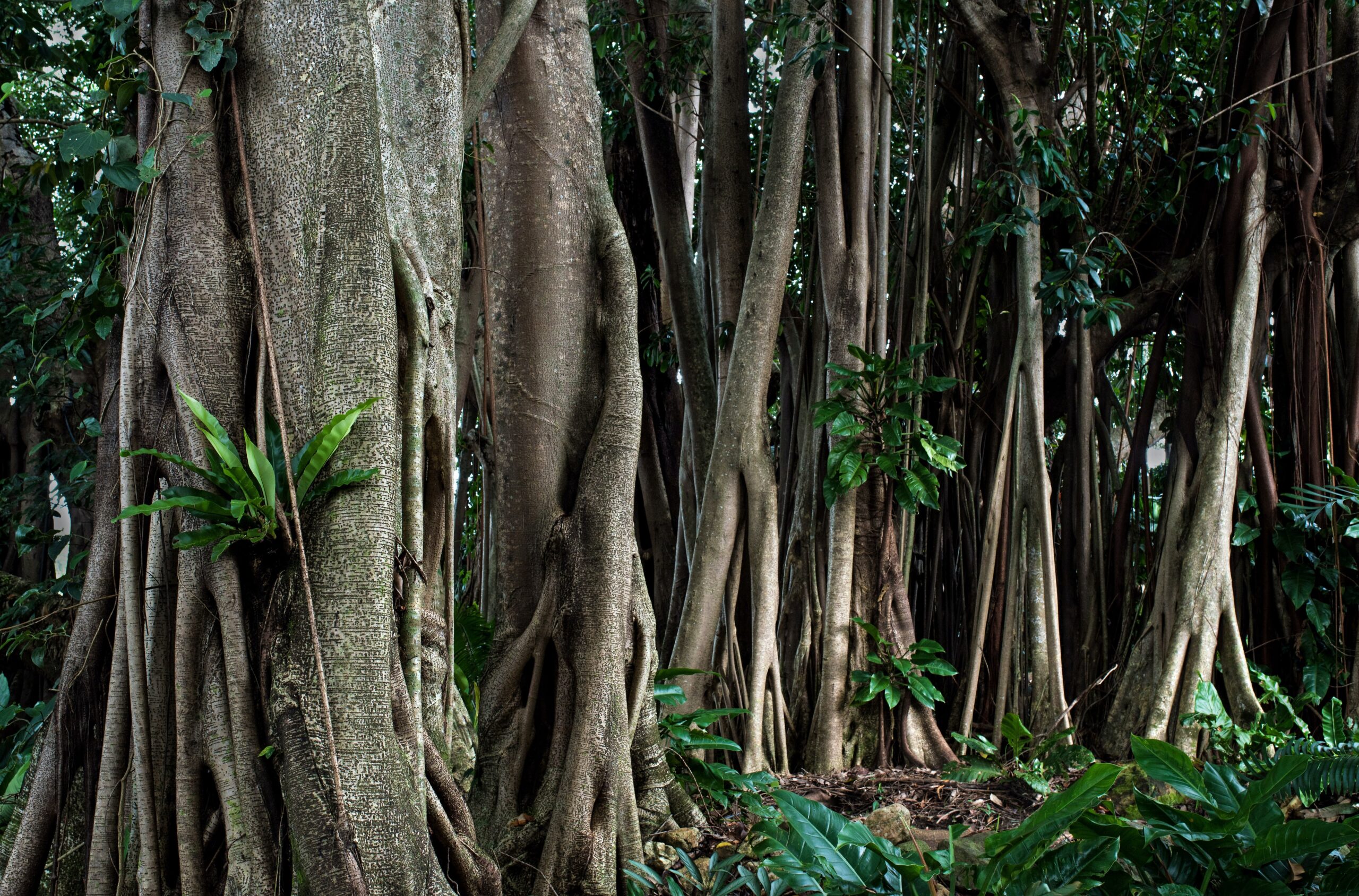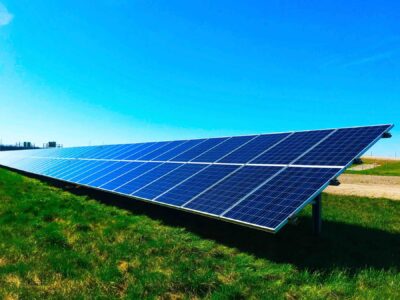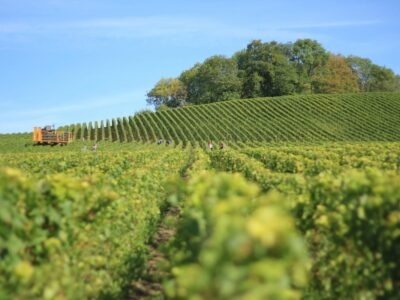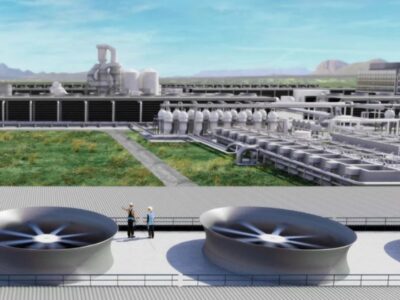Climate change affects everything and everyone. From the food you eat to the tires your car drives on – companies are hard at work transitioning to a cleaner world.
Global tire maker Bridgestone is developing innovative solutions to create alternatives to natural rubber – a raw material that is hard to replace.
“Currently, more than 90 percent of the world’s natural rubber comes from the Hevea rubber tree, primarily grown in Southeast Asia,” said Bill Niaura, director of sustainable materials and circular economy at Bridgestone Americas Technology Center. “Rubber tree disease and climate change are threats to the future of natural rubber, and this is a problem Bridgestone is trying to help solve through the development of guayule.”
In March, the U.S. Department of Energy Joint Genome Institute awarded a grant to Bridgestone to advance its research on guayule, an alternative source of natural rubber.
“It’s a heat-tolerant desert shrub, and we’ve been growing it in Arizona so we can study it and use it to produce rubber for tires,” Niaura said. “What makes guayule special is that it produces natural rubber that is chemically identical to the rubber from Hevea trees.”
DOE’s grant aims to accelerate the company’s optimization efforts of guayule shrubs for increased rubber content so that it can produce higher-yielding crops. This is part of Bridgestone’s commitment to using 100% renewable materials to manufacture tires by 2050.
“This grant will accelerate our efforts to create a sustainable model for growing and harvesting guayule at scale, which we are aiming to achieve by the end of the decade,” said Niaura.
Bridgestone started researching guayule in 2012 by opening a guayule processing and research center in Mesa, Arizona. The company has invested over $100 million in its efforts to commercialize guayule. Its first milestone came in 2015 when it made the first tire from guayule-derived rubber. It’s been expanding its guayule molecular breeding program ever since.
“Currently, Bridgestone is expanding the number of local farmers it works with in Central Arizona, who are working to convert their farmland to harvest guayule, which has served as a solution to previously failing crops due to growing water shortages affecting the environment,” the company stated. “Through this collaboration with local farmers, 200 new acres of guayule are expected to be planted this year.”
To that effect, Bridgestone made an agreement with the Environmental Defense Fund (EDF) to switch to less water-intensive crops. EDF is a non-government organization that works on developing water shortage solutions for the Colorado River, which provides irrigation in central Arizona.
Besides Bridgestone’s goal to make all tires from renewable materials by 2050, it’s also committed to achieving carbon neutrality by 2050. And it’s planning to cut its greenhouse gas emissions by 50% by 2030.





